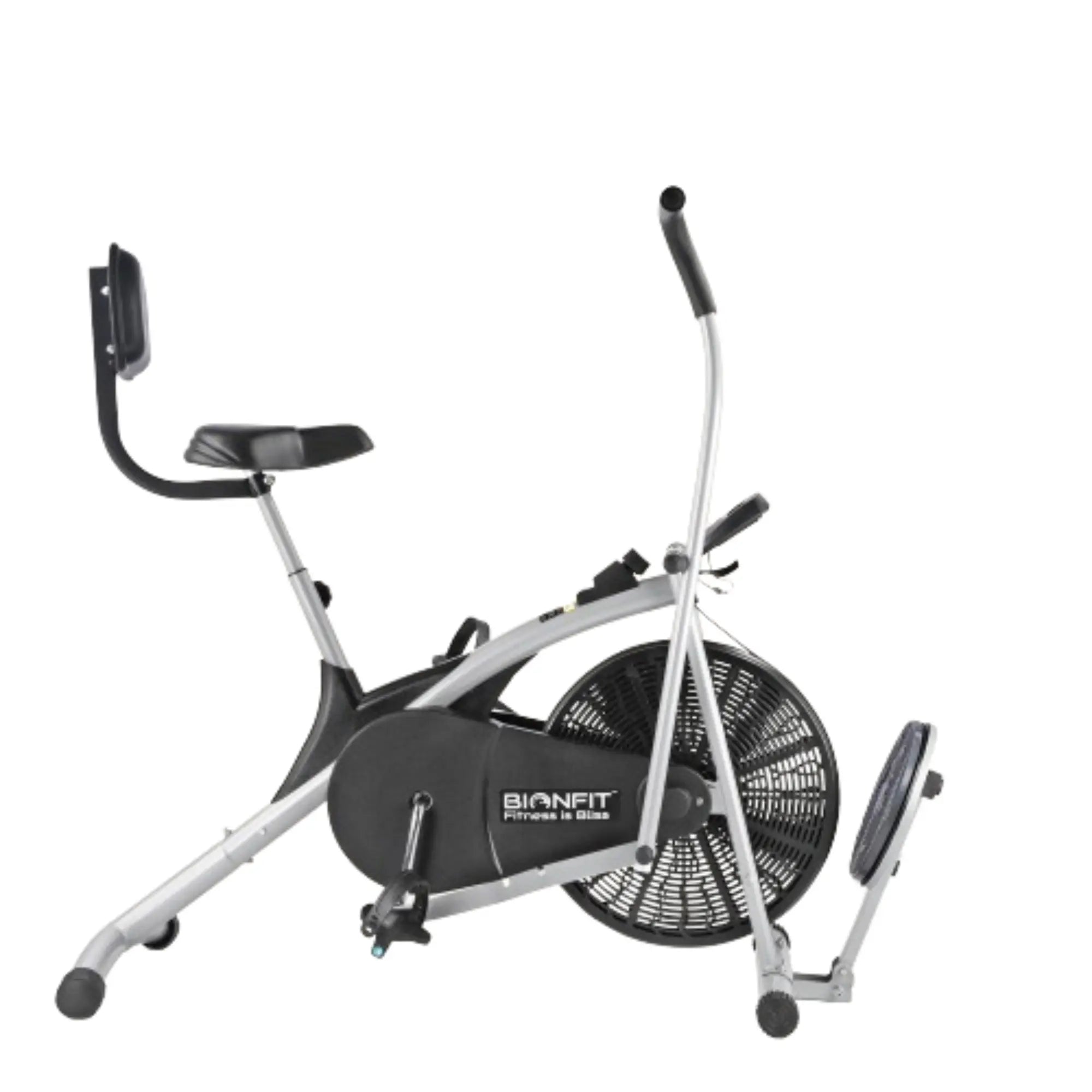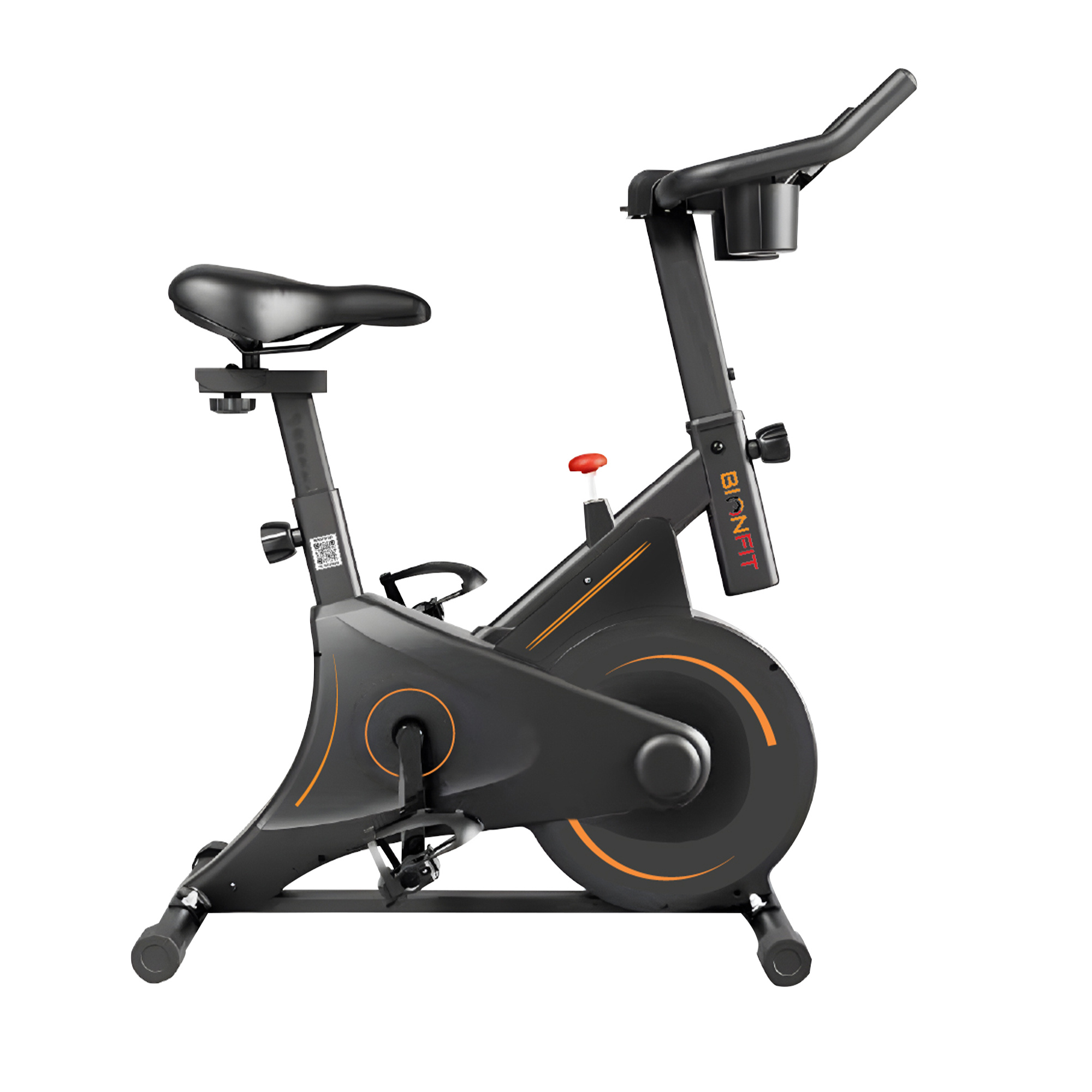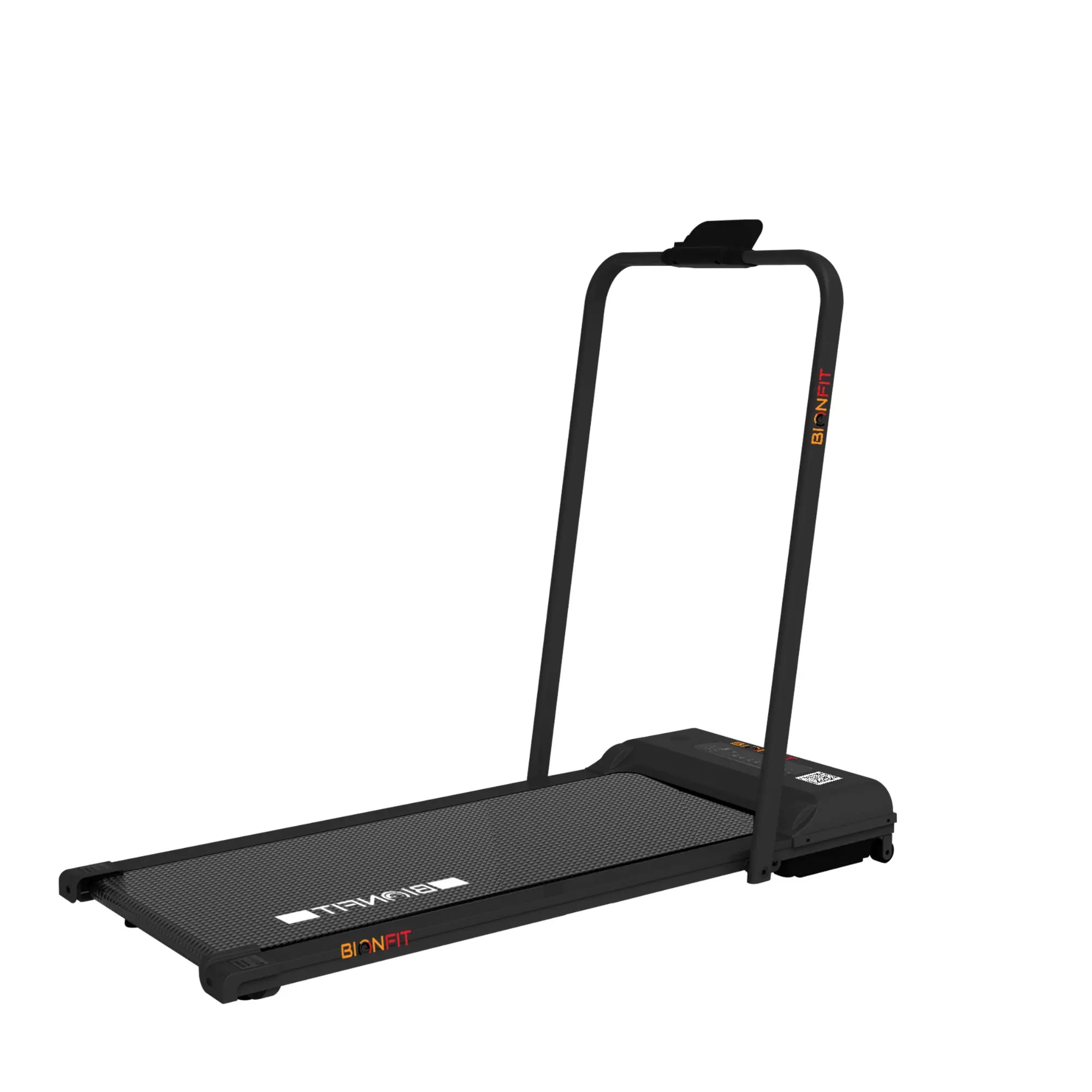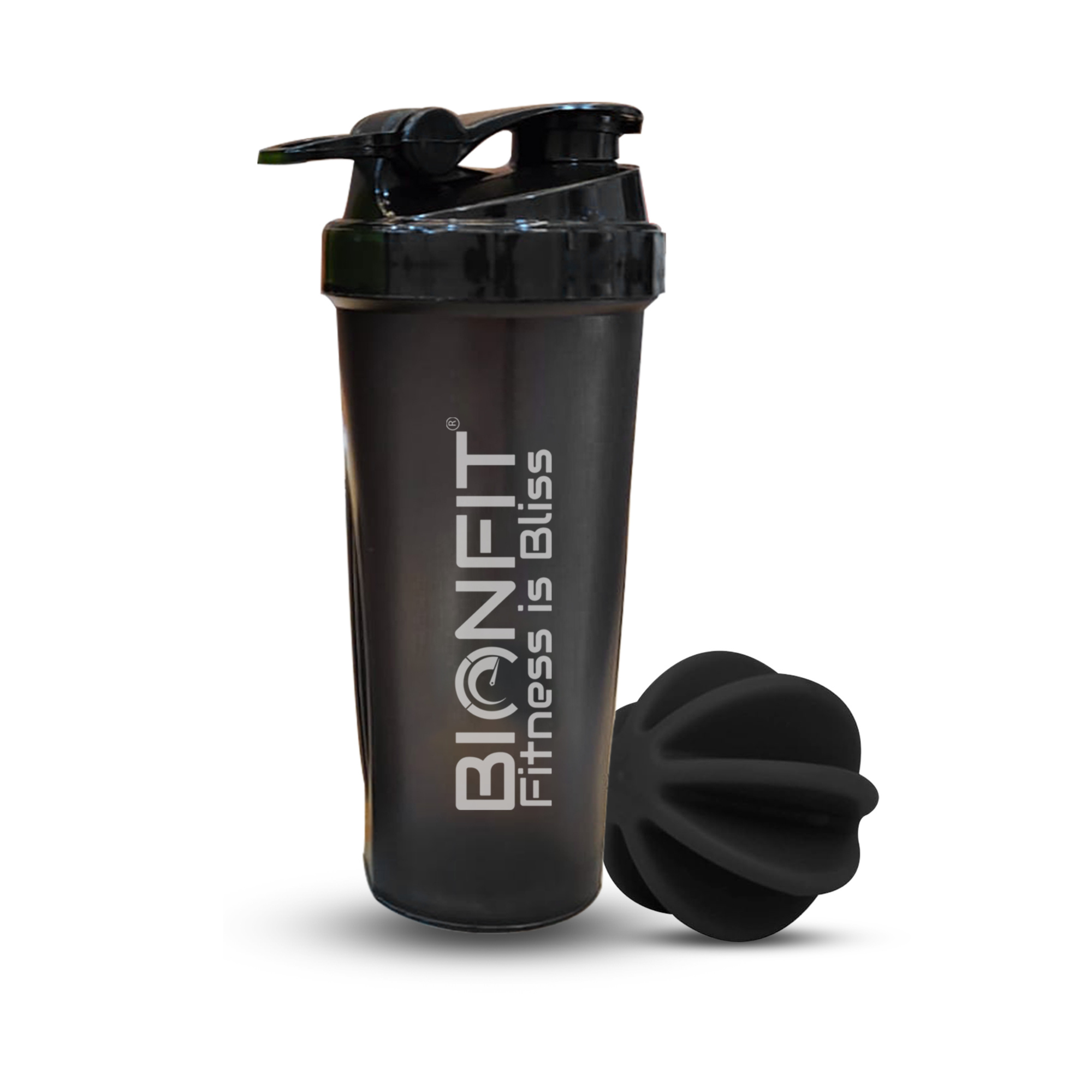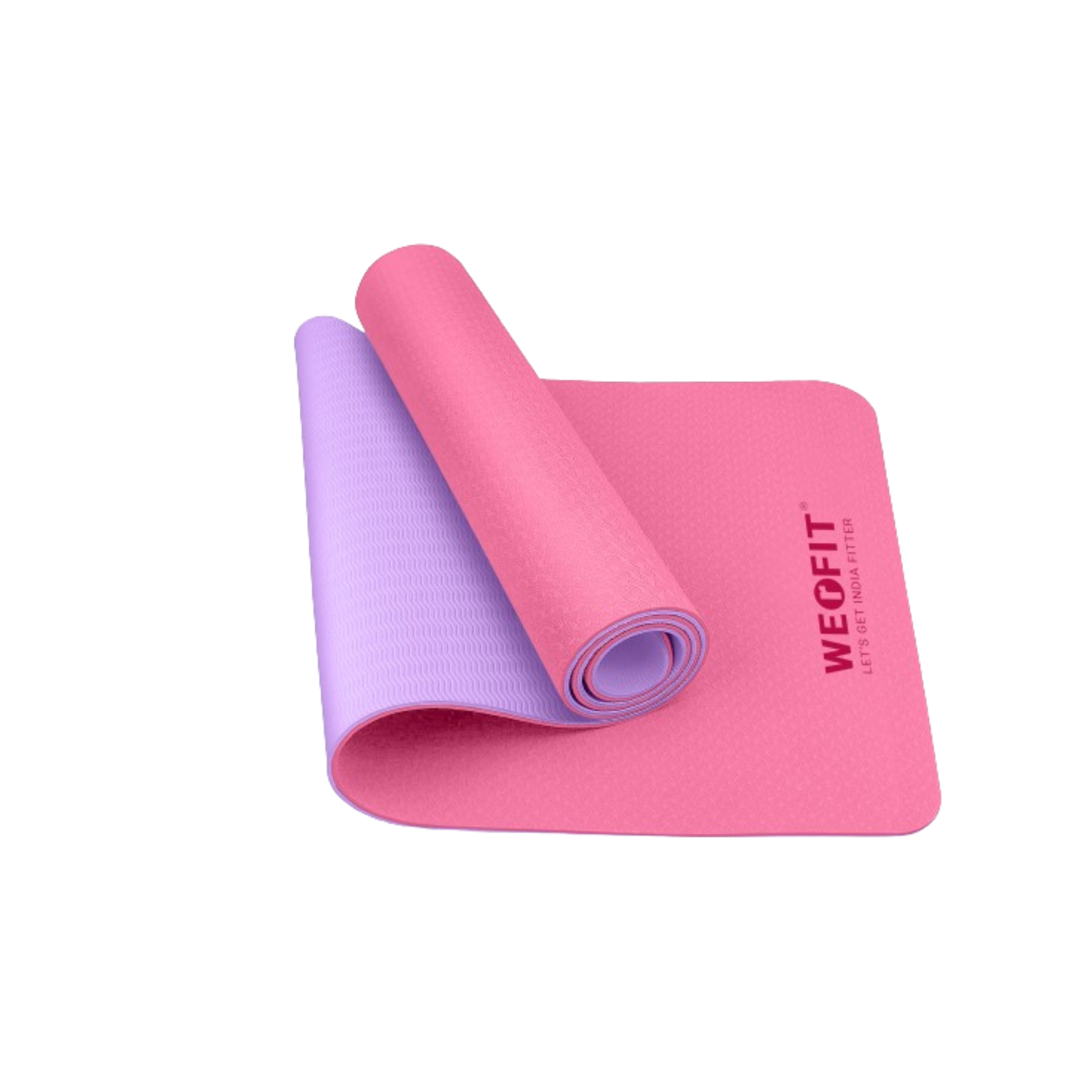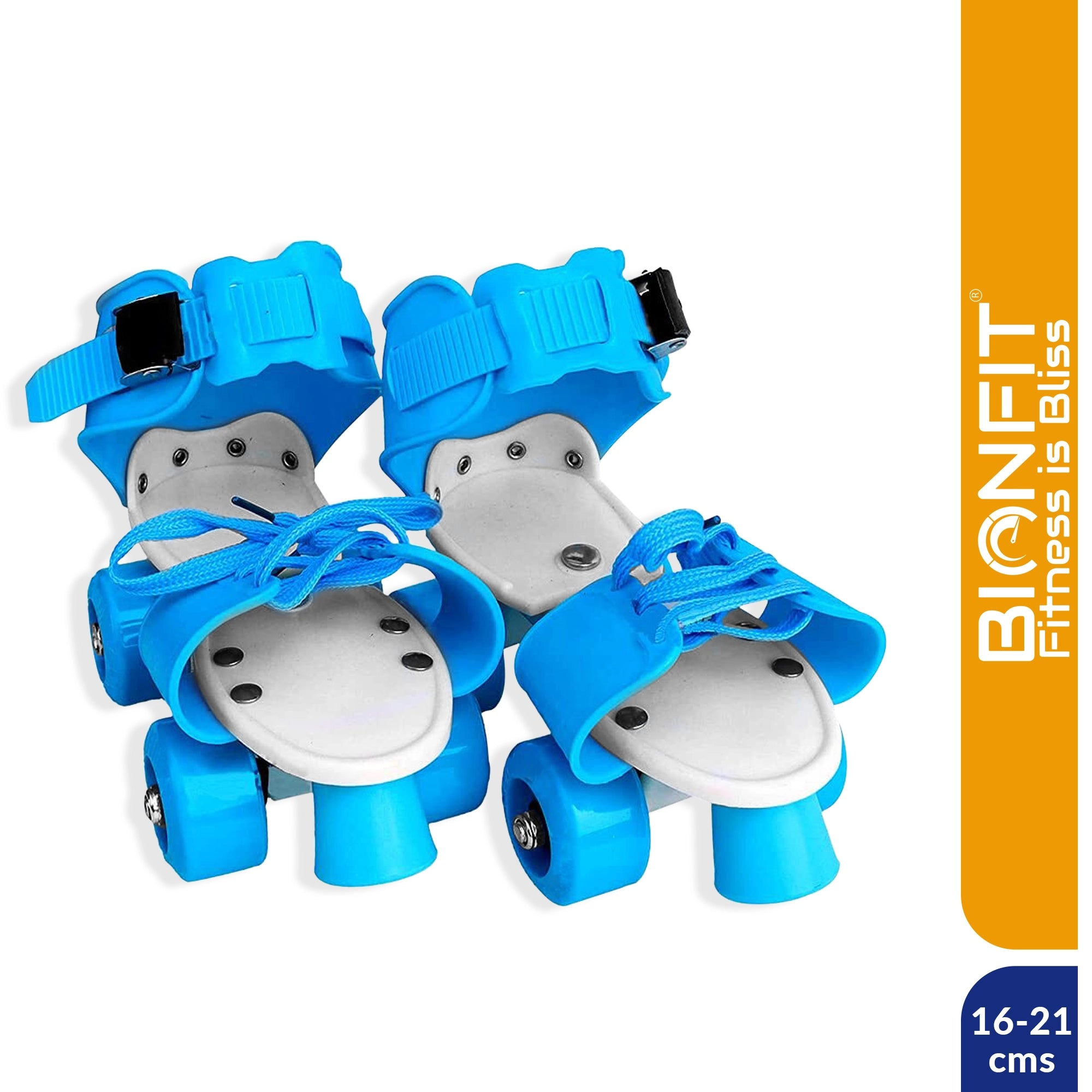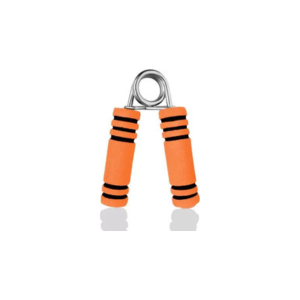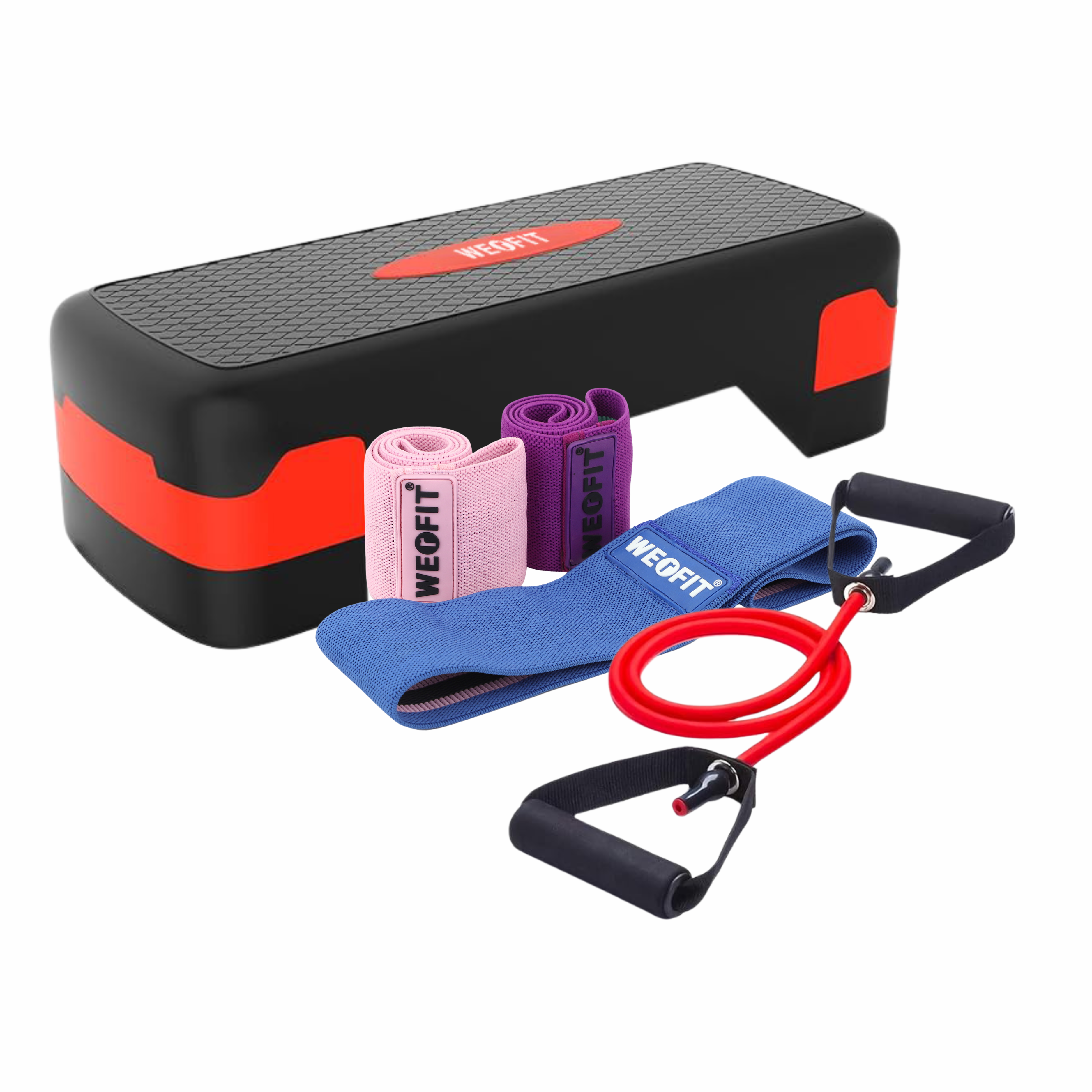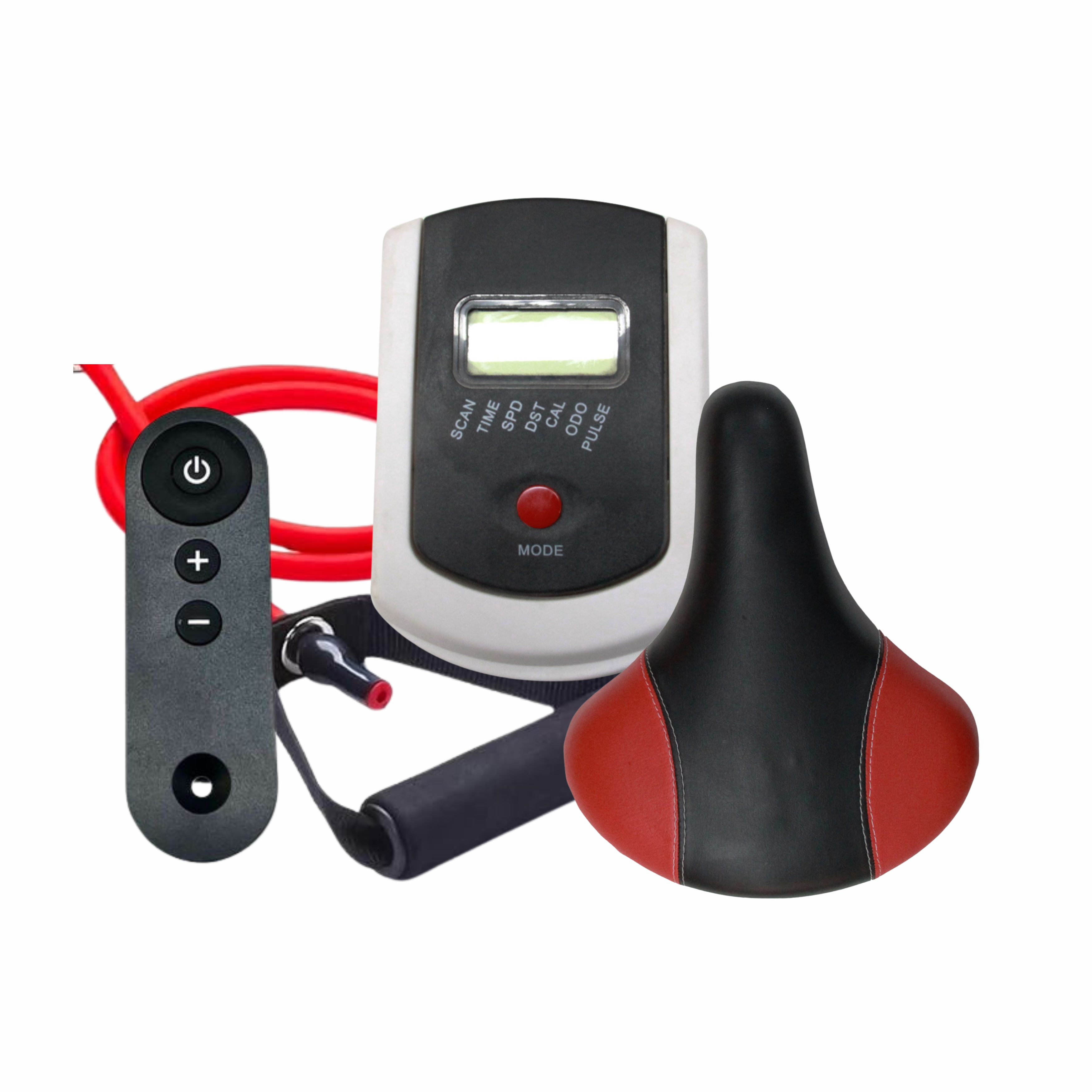
5 Common Mistakes People Make When Using Air Bikes
Air bikes are fantastic for cardio workouts, combining resistance training with cardiovascular benefits. They’re popular in gyms and home fitness setups for their ability to deliver intense, full-body workouts. However, many users unknowingly make mistakes that hinder their progress or even lead to injury. Here are five common mistakes people make when using air bikes and tips on how to avoid them.
1. Improper Seat Height Adjustment
One of the most common mistakes is setting the seat height incorrectly. A seat that is too low or too high can lead to discomfort, reduced efficiency, and even injuries.
- Symptoms of Improper Seat Height: Knee pain, lower back discomfort, and difficulty reaching the handlebars.
- Solution: Adjust the seat height so that when you pedal, there is a slight bend in your knee at the bottom of the pedal stroke. This helps maintain proper form and minimizes strain on your joints.
2. Using Only the Arms or Legs
Air bikes are designed to provide a full-body workout, but many users tend to rely on either their arms or legs, neglecting the other.
- Symptoms of Overuse: If you use only your arms, you may feel fatigue in your upper body much quicker. If you use only your legs, your upper body muscles won’t be engaged, and you won't reap the full benefits of the exercise.
- Solution: Focus on using both your arms and legs to push and pull the handlebars while pedaling. This balanced effort helps improve overall strength and endurance.
3. Neglecting Proper Warm-Up and Cool-Down
Skipping a warm-up or cool-down routine is a frequent mistake that can increase the risk of injury and limit workout performance.
- Why It Matters: Warming up prepares your muscles and joints for the workout, while cooling down helps your body gradually return to a resting state.
- Solution: Always start with a 5-10 minute warm-up, such as light pedaling, to increase your heart rate gradually. After the workout, spend another 5-10 minutes cooling down to stretch the muscles and promote recovery.
4. Poor Posture
Riding an air bike with poor posture, such as hunching over the handlebars or leaning too far back, can lead to pain and inefficient workouts.
- Signs of Poor Posture: Back pain, neck strain, and reduced breathing capacity.
- Solution: Maintain a straight back, engage your core, and keep your shoulders relaxed. Your elbows should be slightly bent as you grip the handlebars. This positioning will help you perform the exercise safely and effectively.
5. Overtraining and Ignoring Rest Days
Using the air bike too frequently without adequate rest can lead to overtraining. While consistency is key, not allowing your body time to recover can hinder progress.
- Signs of Overtraining: Persistent fatigue, reduced performance, and increased risk of injuries.
- Solution: Follow a balanced workout schedule that includes rest days. Depending on your fitness level, aim for 3-5 air bike sessions per week with at least one or two rest days in between.
Why Avoiding These Mistakes Matters
By addressing these common mistakes, you can:
- Enhance Workout Efficiency: Get the most out of each session by using the correct form and technique.
- Reduce Injury Risk: Proper adjustments and techniques help protect your joints and muscles.
- Achieve Better Results: Consistent improvement comes from balanced training, including rest, proper warm-up, and recovery.
FAQ: Common Questions About Air Bikes
1. How often should I use an air bike?
It’s best to use the air bike 3-5 times a week, allowing for adequate rest days to avoid overtraining.
2. What is the correct seat height for an air bike?
Adjust the seat so there is a slight bend in your knee when your foot is at the lowest pedal position. This will help prevent strain on your joints.
3. Can I use an air bike if I have knee pain?
Yes, but make sure to adjust the seat properly and avoid pushing too hard. Start with a light intensity and gradually increase as your knee strength improves.
4. How can I improve my air bike performance?
Focus on using both arms and legs, maintain good posture, and include interval training. Additionally, incorporate strength training for the upper and lower body to support your workouts.
5. What should I do if I feel fatigued quickly on the air bike?
Ensure you’re using a balanced effort between your arms and legs, and consider reducing the intensity. Also, incorporate adequate warm-up and cool-down routines.
Additional Tips for Using an Air Bike
- Use Interval Training: Alternate between high-intensity bursts and moderate-paced recovery periods. This approach maximizes calorie burn and improves cardiovascular fitness.
- Monitor Your Breathing: Breathing deeply and steadily can help you maintain endurance throughout your workout. Avoid holding your breath during high-intensity efforts.
- Invest in Quality Gear: Wearing the right footwear and athletic gear can make a significant difference. Shoes with a stiff sole can help provide more power while pedaling.
Product Recommendations
For high-quality air bikes, check out the range available at BionMart Air Bikes. They offer various models designed for different fitness levels, making it easier to find one that suits your workout needs.
Follow us for more updates.

